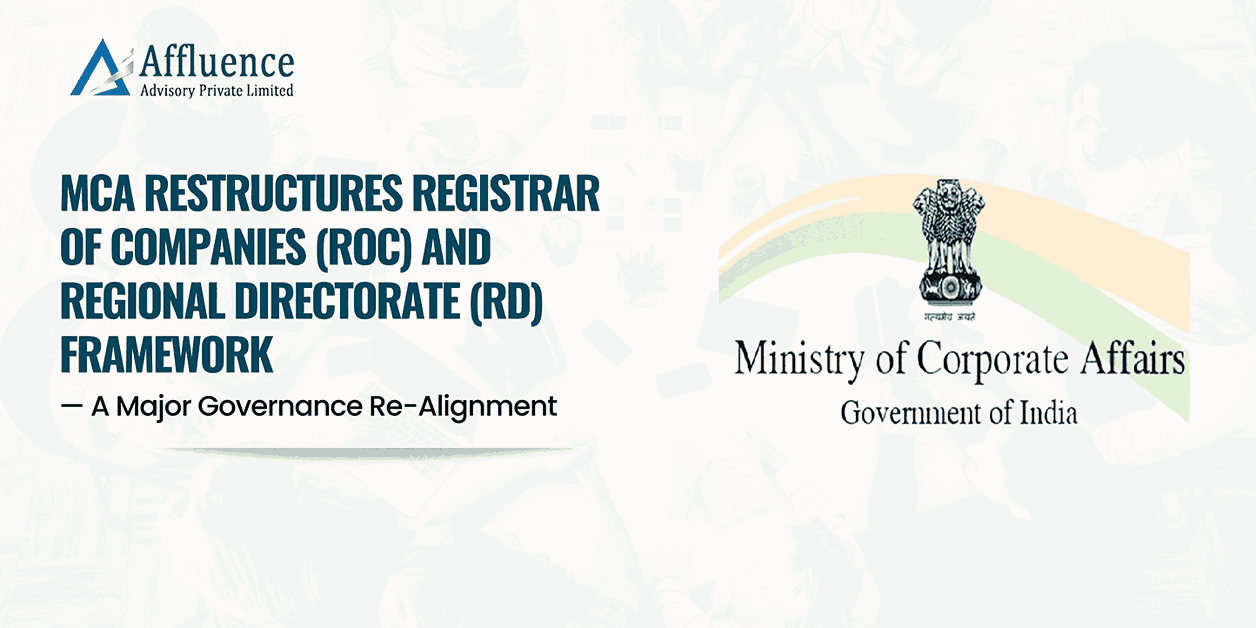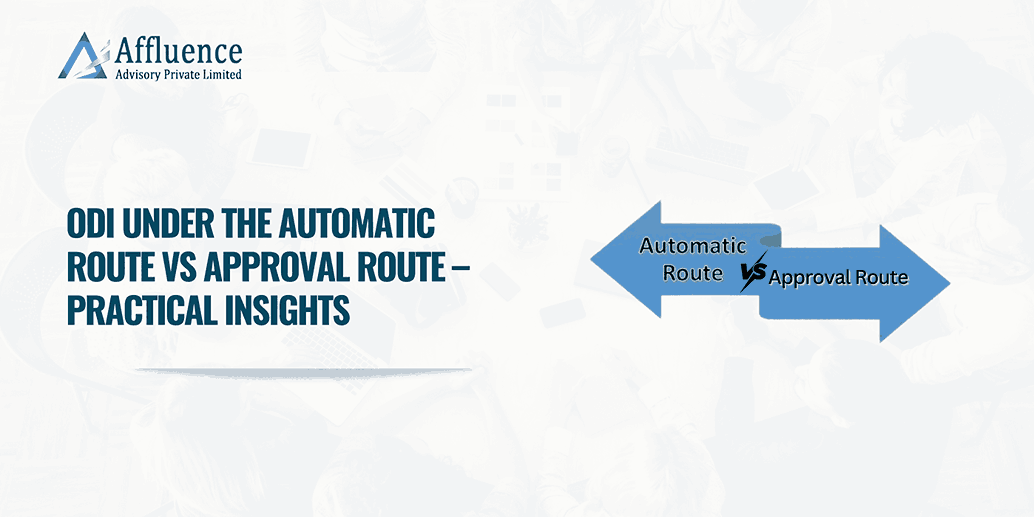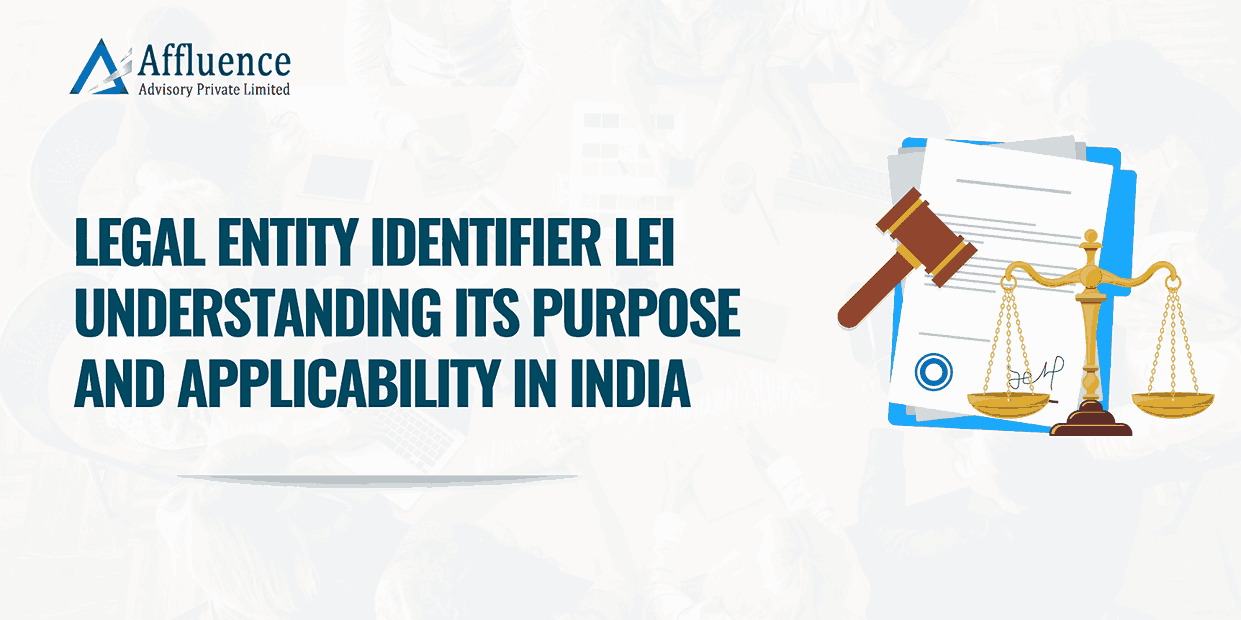“Navigating the path for Registration of a Partnership Firm: A Step-by-Step Guide with Practical Insights and Challenges”
Introduction:
A partnership firm is a business structure created by two or more individuals who mutually agree to share the profits and losses of a business operated by all or any of them on behalf of the others. The Indian Partnership Act, 1932, governs such firms, providing a legal framework for their formation, operation, and dissolution. This Act defines the rights, duties, and liabilities of the partners, helping ensure the smooth functioning of the partnership and the resolution of disputes according to the terms laid out in the Partnership Agreement.
Registering a partnership firm is a vital step in establishing it as a legally recognized entity in India. Although the Indian Partnership Act, 1932, does not mandate registration, however doing so offers significant advantages, including legal protection, the ability to sue or be sued, and greater business credibility. This article offers a detailed guide on how to register a partnership firm through the Registrar of Firms (ROF) portal, ensuring compliance and safeguarding your business.
Essentials for Registration:
Before you begin the registration process, it’s crucial to recognize the benefits of registering your partnership firm. A registered firm offers several key advantages:
- Legal Safeguards: Under Partnership Act, 1932 Registration is not mandatory however, a registered firm can legally enforce claims against third parties.
- Efficient Dispute Resolution: Registration enhances the firm’s ability to resolve disputes effectively.
- Access to Loans: Banks and financial institutions are more likely to extend loans to registered firms, improving your business’s financial flexibility.
Drafting the Partnership Deed: Key Elements
A Partnership Deed is an essential document that specifies the terms and conditions governing the partnership business. When drafting this deed, it should encompass the following elements:
- Firm Name: Choose a name for the firm that is distinct and not similar to any existing business names.
- Partner Details: Include the names, addresses, and other pertinent information of all partners.
- Profit Distribution: Define the percentage of profits each partner will receive.
- Capital Contribution: State the amount of capital that each partner will contribute to the firm.
- Partnership Duration: Specify if the partnership is for a fixed term or will continue indefinitely.
- Roles and Responsibilities: Describe the duties and responsibilities assigned to each partner.
- Dispute Resolution: Include provisions on how disputes among partners will be resolved.
The deed must be executed on stamp paper of the appropriate value and signed by all partners to be legally valid.
Partnership Deed must have a Marathi translated copy for Certified by C.A. or Advocate for Attachment.
Also Read: LLP (Third Amendment) Rules, 2023 bring in its purview Maintenance of Register of Partners & applicability of SBO provisions
Application for Registration
To register your partnership firm, you must submit an application to the Registrar of Firms of the respective state. The application can be submitted online through the ROF portal or physically at the Registrar’s office. The key steps include:
- Access the ROF Portal: Visit the official Registrar of Firms portal for your state. If you’re a new user, you’ll need to create an account by providing basic details like your email ID and mobile number.
- Filling the Application Form: Once registered, log into your account and fill out the application form, which typically includes:
- Name of the Partnership Firm
- Nature of Business of the Firm
- Principal place of business
- Full Names and addresses of all Partners
- Date on which each partner joined the firm
- Duration of Partnership Firm
- In case there are any minors admitted to the benefits of the partnership
- Name and Address
- Name and address of Guardian
- Date of Admission to Benefits
- Date when He/She will attain majority
- Attachments to be uploaded in Form – A: After filling out the form, upload the necessary documents, including:
- Certified True Copy of Marathi Translation of Partnership Deed (Certified by C.A. or Advocate)
- Certified True Copy of Partnership Deed (Certified by C.A. or Advocate)
- If the company is partner Certified True Copy of Memorandum of Articles and Resolution
- Payment of Fees: Pay the prescribed fee online through the portal.
- Verification and Submission: After payment, review the details provided, and submit the application. You will receive an acknowledgment of your application, which you should save for future reference and physical submission.
Manual Submission of Partnership Deed and other Legal papers
Following may bring /post the attested form along with following documents in the ROF office.
- Form – ‘A’ once filled will be printed on Green Ledger Paper for counter signature of partners and shall have Registered. (It is to be duly Notarised
- Covering letter along with ₹ 5/- Court Fee Stamp.
- Certified True Copy of Partnership Deed
- Certified True Copy of Marathi Translation of Partnership Deed
- Certified True Copy of MOA and AOA of First Partner (in case if Company is partner)
- Blank Stamp Paper of ₹ 10/- or more.
Note: The deed need not be attested. But if attested date of execution and the date of signature of the Notary should be the same.
Upon successful submission of the application, the department acknowledges its receipt.
- After acknowledgment, the application is forwarded to the verification officer for review. At this stage, the applicant can download the payment receipt from their account.
- If any objections are raised, the process continues until a hearing is scheduled (optional).
- The applicant will receive an objection letter via email.
- The application form will be available for modification to address the objections.
- Once the objections are resolved, the form proceeds through the acknowledgment, verification, and approval stages for further processing.
- Upon approval, a digitally signed certificate is issued to the applicant, accessible through their account login.
- A certified copy of the firm will be delivered to the applicant via hand delivery or post.
- The applicant will be notified of the approval or rejection of the application.
- In case of discrepancies, an objection letter will be emailed to the applicant.
- The applicant must pay the applicable fees and penalties online through the payment gateway.
Here are key tips to avoid objections from the Registrar of Firms when filing forms:
- Each firm requires a unique ID for online filing by CA/Advocate.
- Ensure correct spelling of partner names in all forms and deeds, which must be printed on green legal-size paper, signed on each page by partners.
- Stamp papers should be in the firm’s or partners’ name.
- File both Forms E & B/D for simultaneous changes in constitution and address.
- Inform changes in Karta of HUF using Form E; submit it in case of Karta’s death.
- File documents within one month of notarization.
- Verify stamp paper, deed execution, and partnership deed dates.
- For a partner’s name/address change due to marriage, file Form D with an attested marriage certificate.
- Ensure the notary’s seal (in red) and initials are on all pages, along with their name, address, and register serial number.
- For rectifications under Section 64(2), signatures of all partners are required.
- Any partner can sign a letter of authority for personal hearings.
- Stamp paper for the deed must be used within six months of issuance (effective from 1-12-1989).
- Submit a copy of the license for businesses requiring one, or an affidavit if the license is pending.
- Licenses are mandatory for businesses like petrol pumps, LPG, and liquor stores.
- If the deed is not duly stamped or is older than six months, it must be adjudicated by the Stamp Authority.
- If submitted by a third party, an authority letter signed by all partners is needed.
- Online registered firms must submit all changes online through the same user ID.
- Offline registered firms must submit changes offline but pay fees/penalties online.
Issuance of Certificate of Registration
After submission, the Registrar will verify the application and documents. If everything is in order, the Registrar will enter the firm’s details in the Register of Firms and issue a Certificate of Registration. This certificate is proof that your partnership firm is now legally recognized.
Post-Registration Compliance
Once registered, ensure you comply with the following:
- Update Changes: Any changes in the partnership, such as the addition of new partners or change of address, must be notified to the Registrar of Firms.
- Annual Filings: Some states require the submission of an annual statement of accounts or other filings, so check the requirements in your state.
- Maintain Proper Records: Keep records of all transactions, minutes of meetings, and other important documents related to the firm.
Conclusion:
Registering your partnership firm is a step towards building a strong and legally compliant business. The process, while straightforward, requires careful attention to detail and adherence to legal formalities. By following the steps outlined in this article, you can ensure a smooth registration process and enjoy the benefits of a legally recognized partnership firm.
Disclaimer: This article provides general information existing at the time of preparation and we take no responsibility to update it with the subsequent changes in the law. The article is intended as a news update and Affluence Advisory neither assumes nor accepts any responsibility for any loss arising to any person acting or refraining from acting as a result of any material contained in this article. It is recommended that professional advice be taken based on specific facts and circumstances. This article does not substitute the need to refer to the original pronouncement.
CLICK HERE DOWNLOAD PDF










